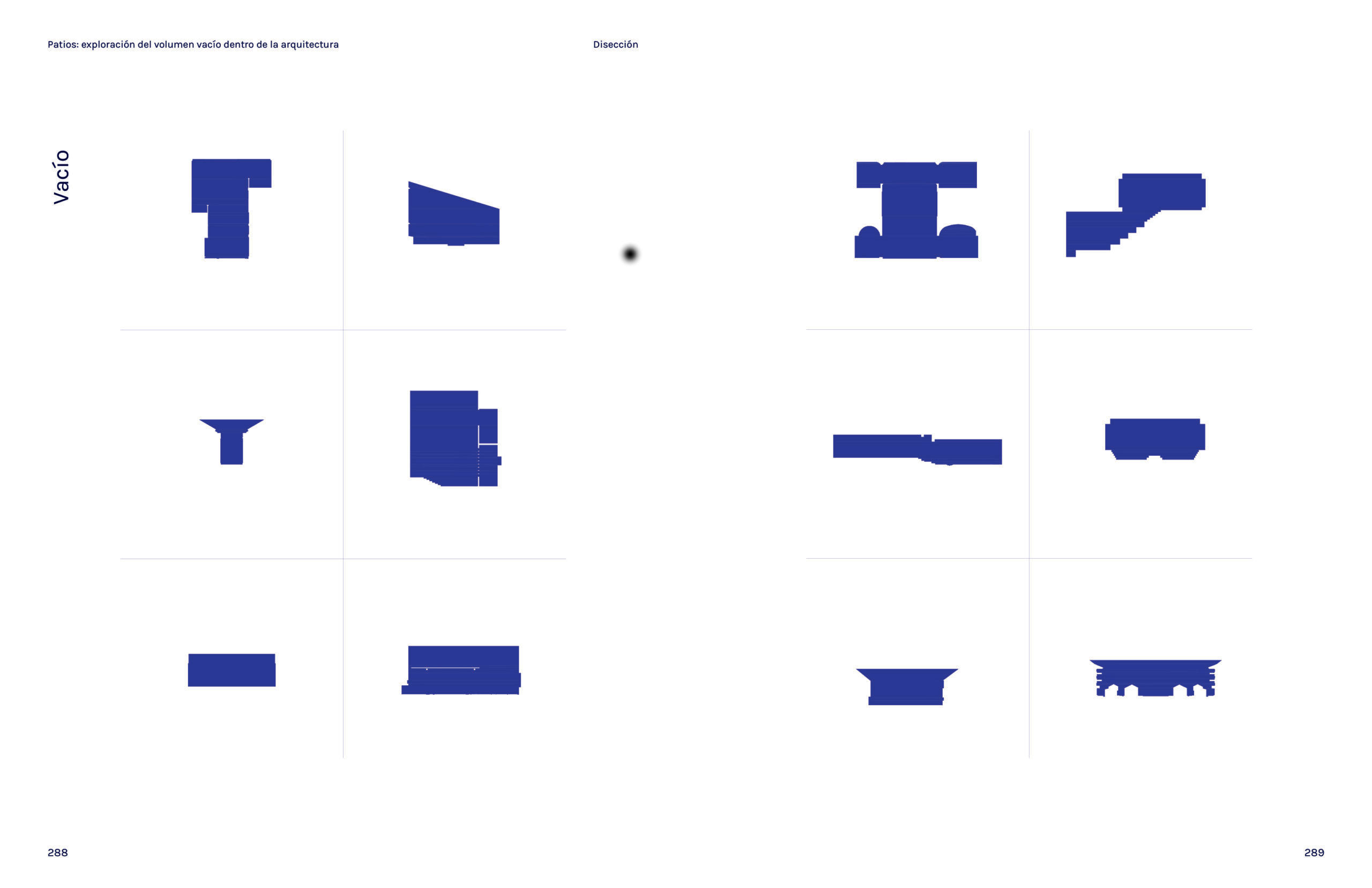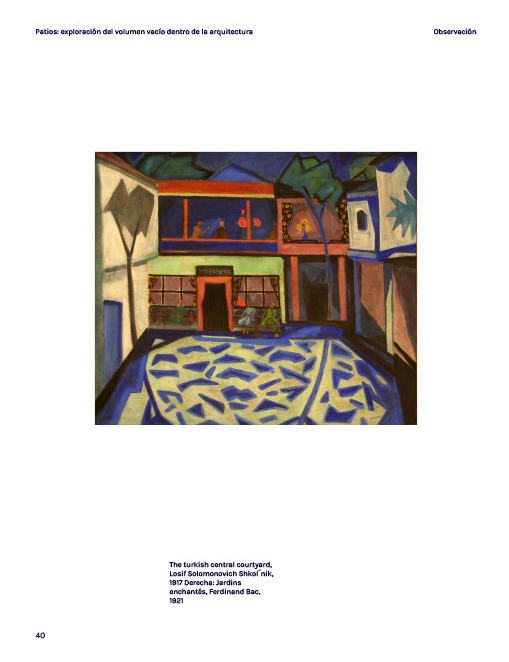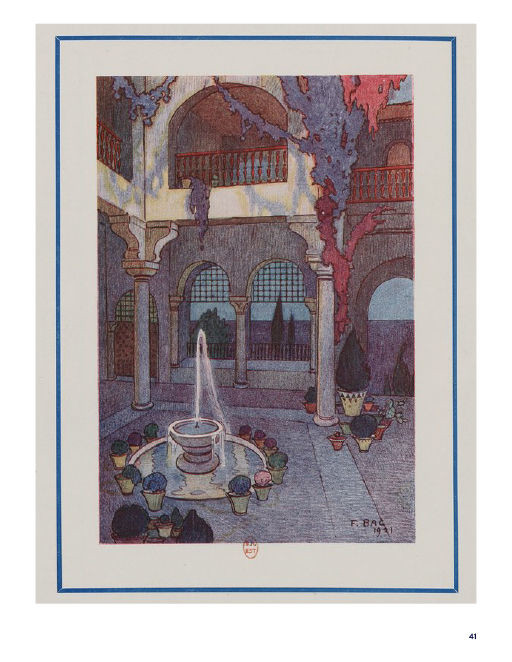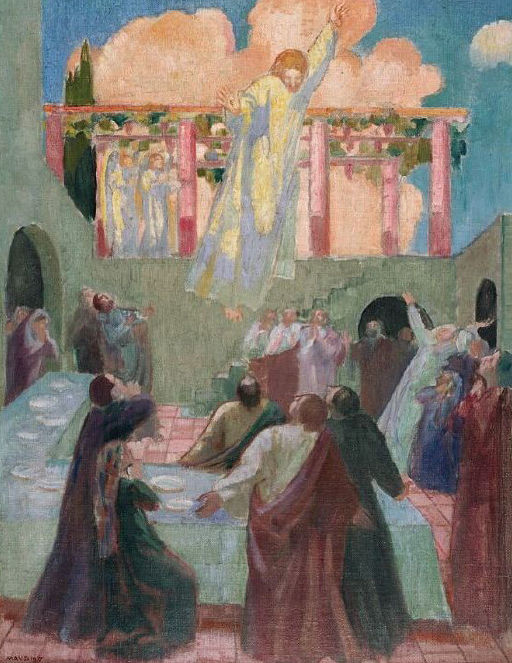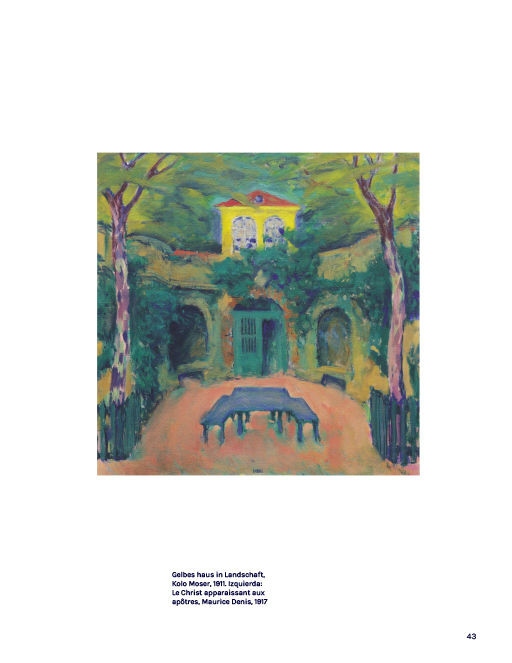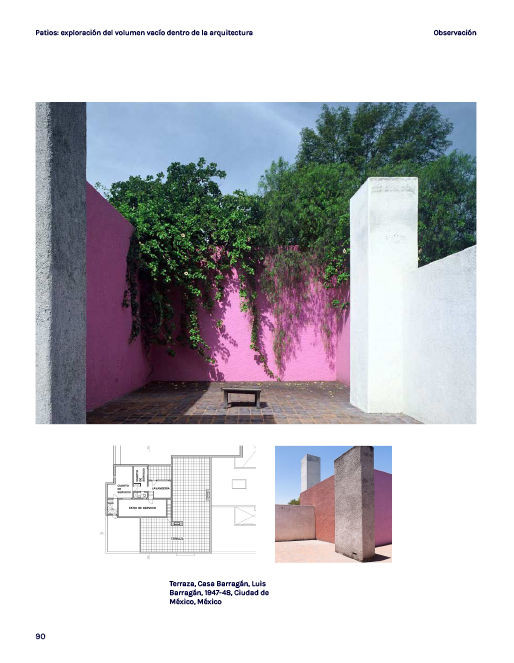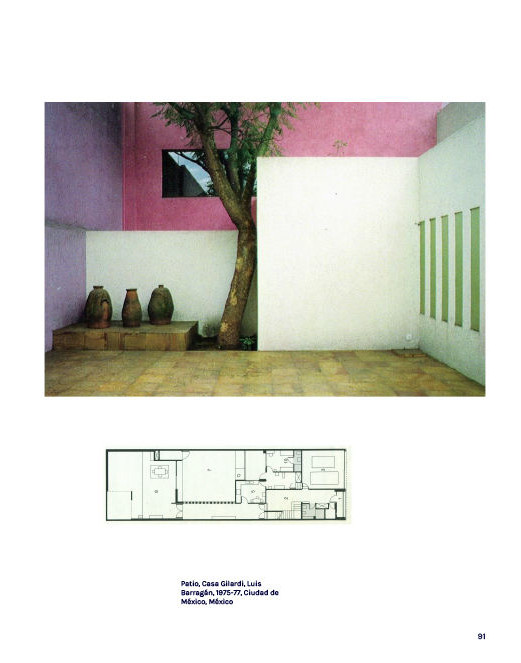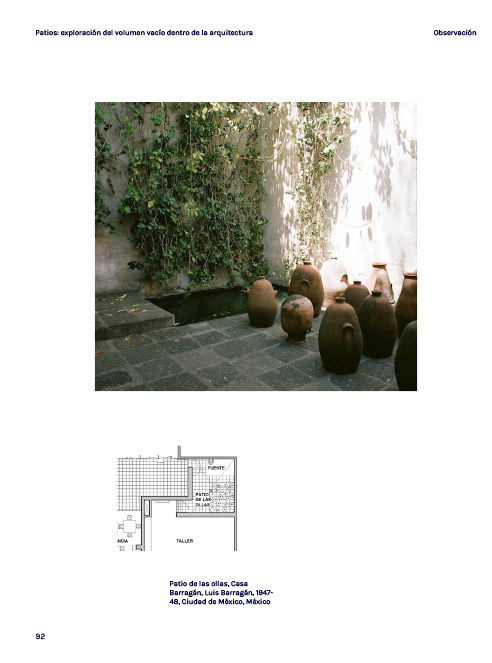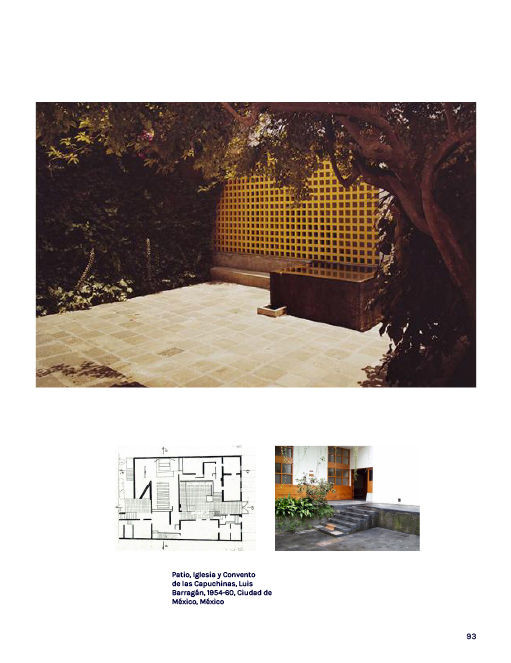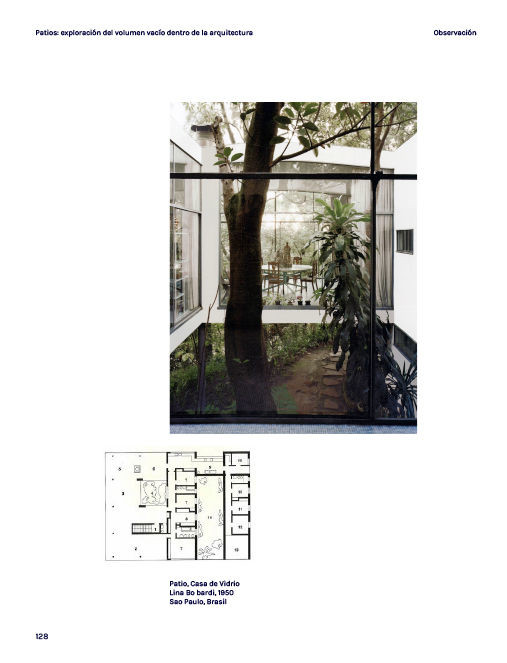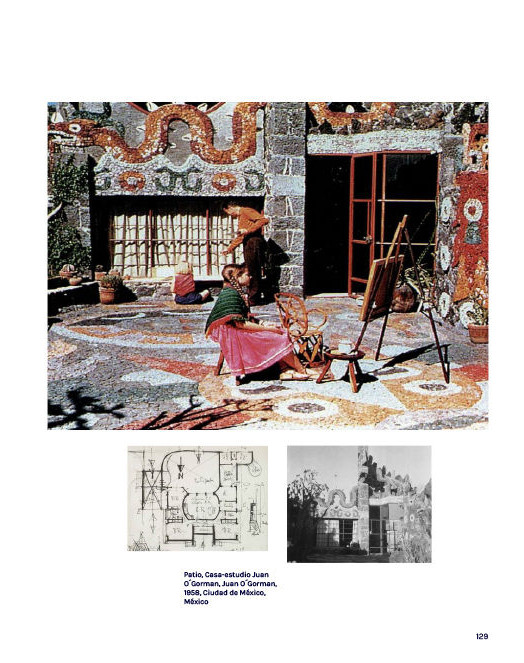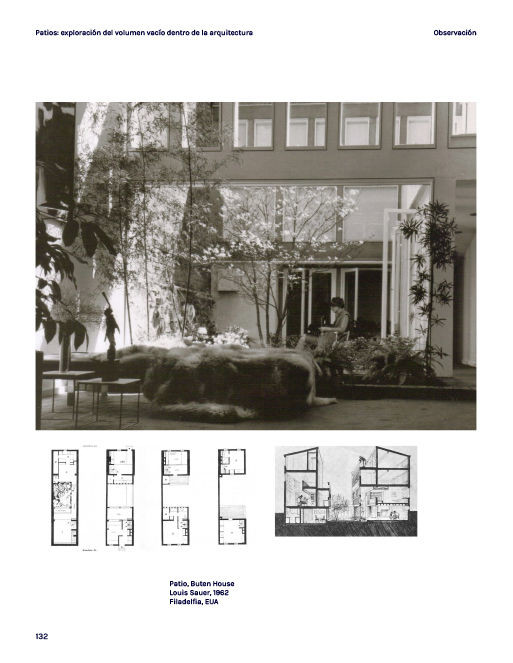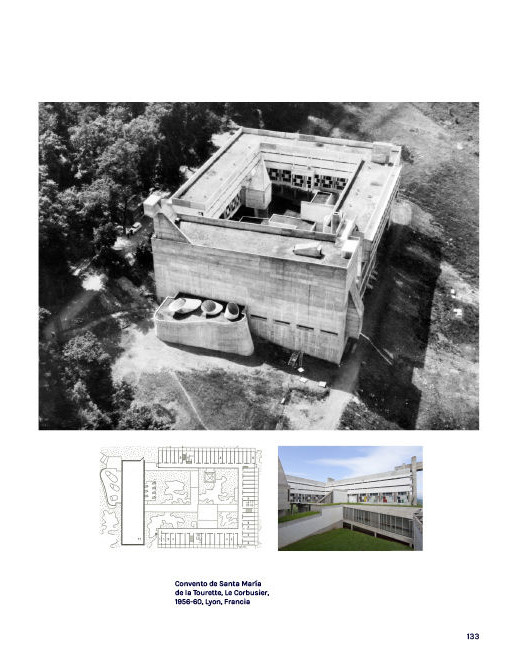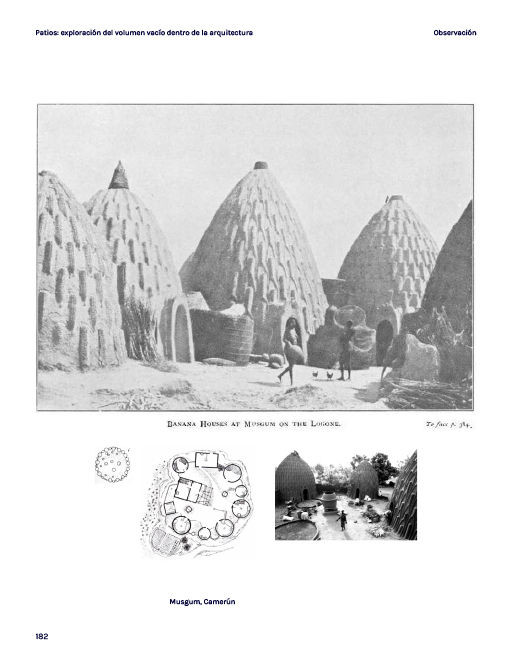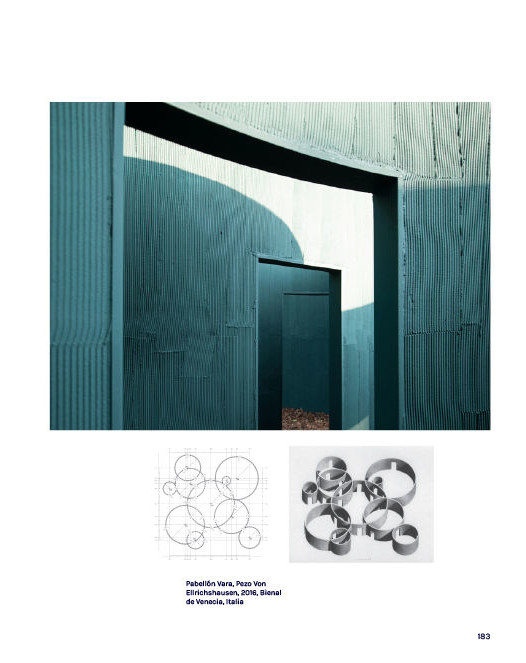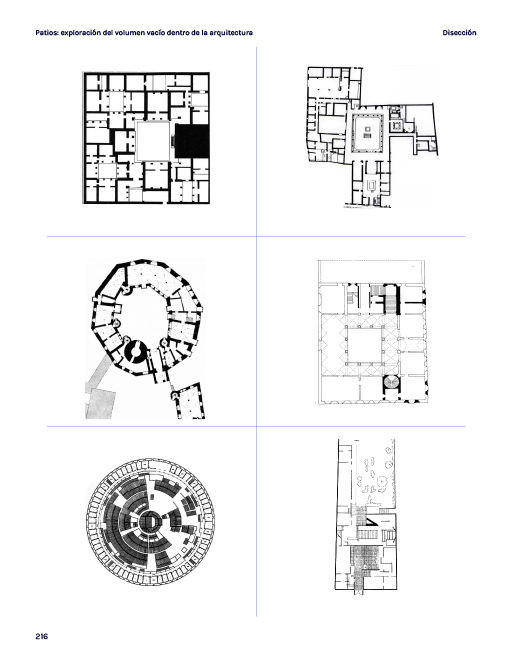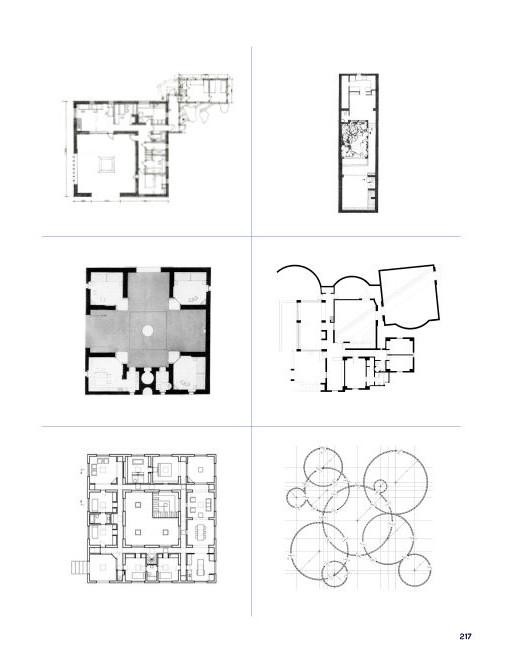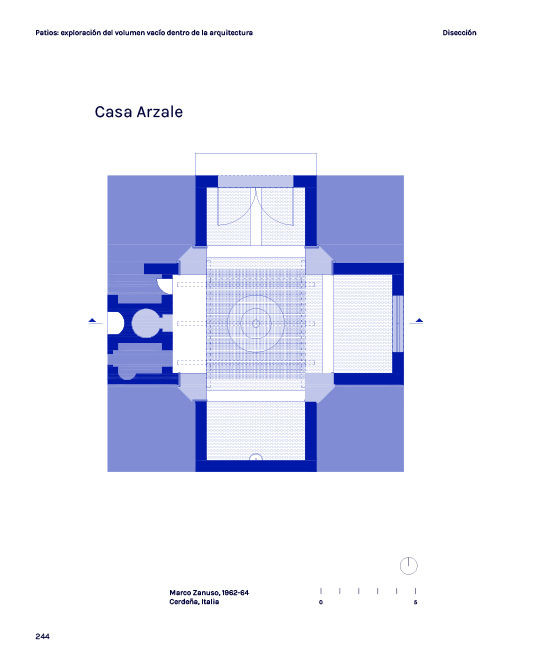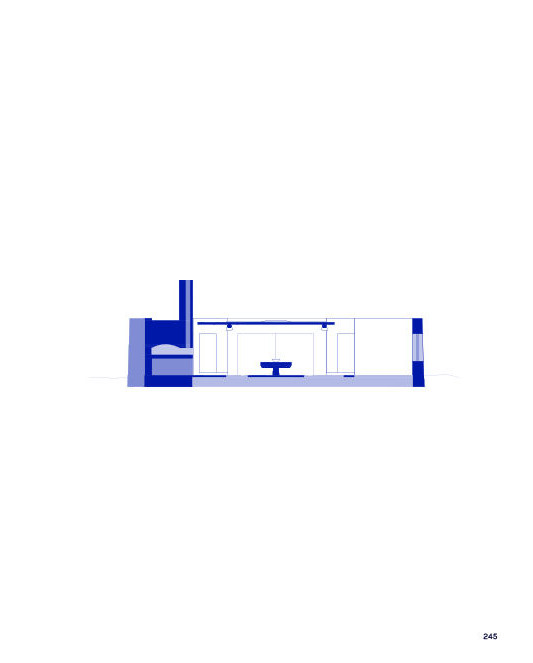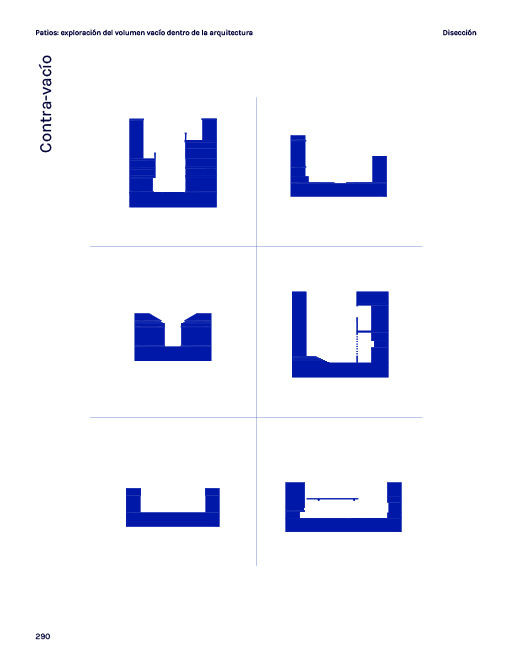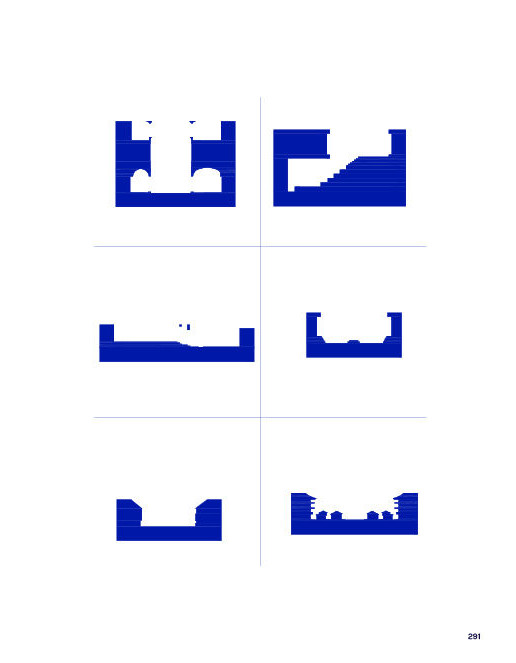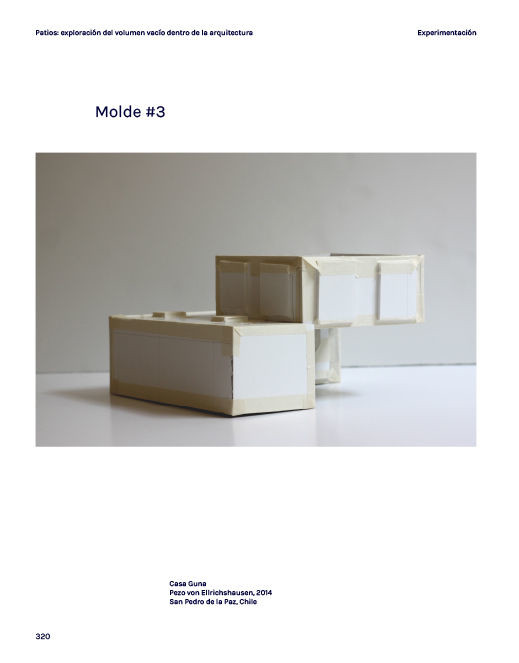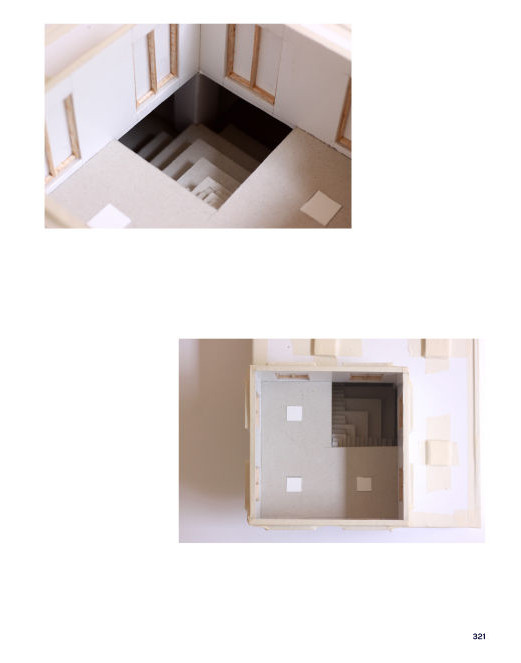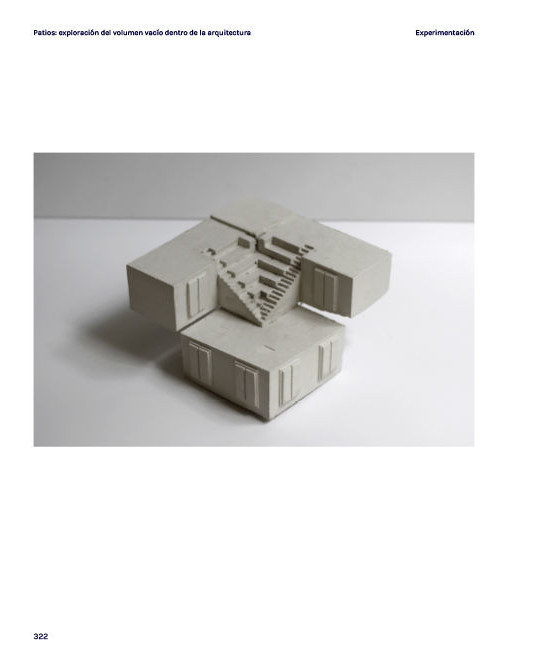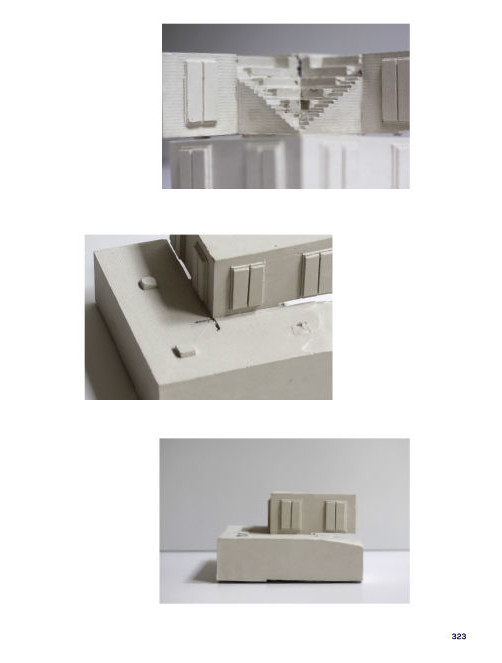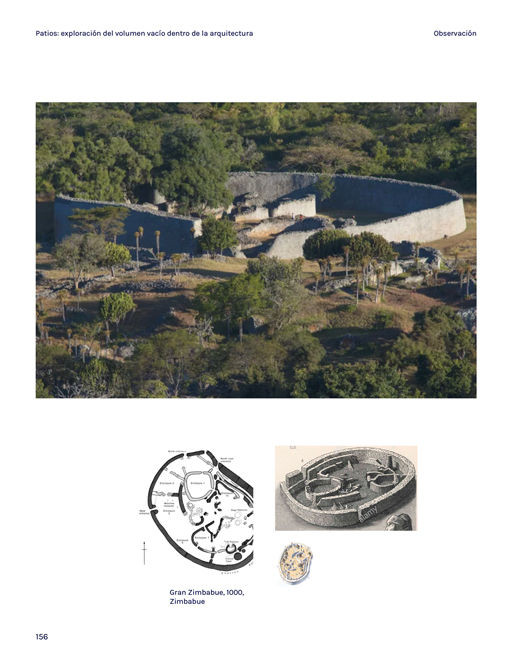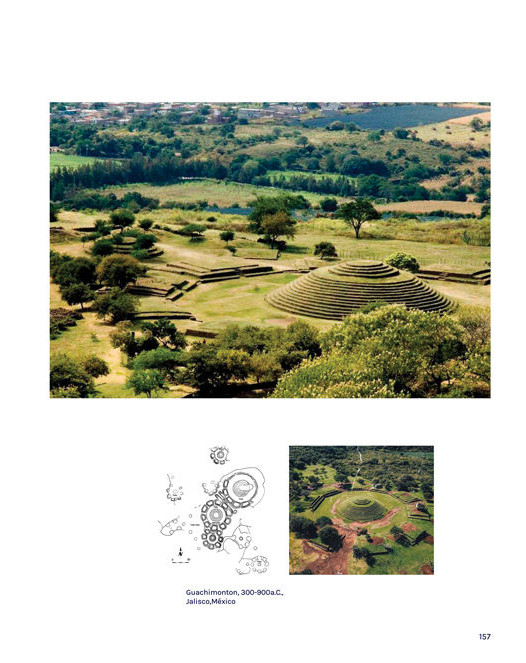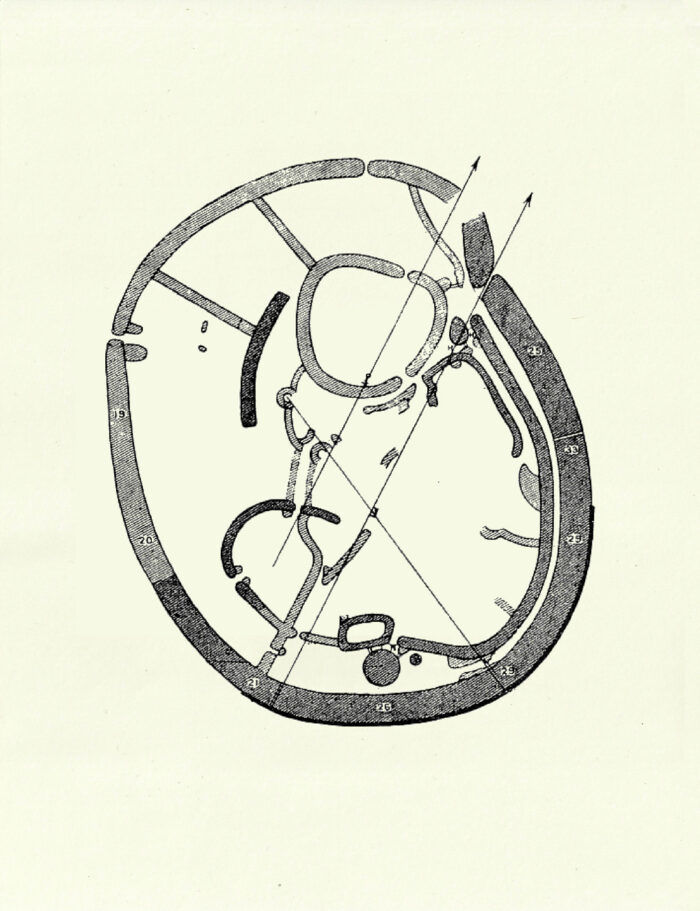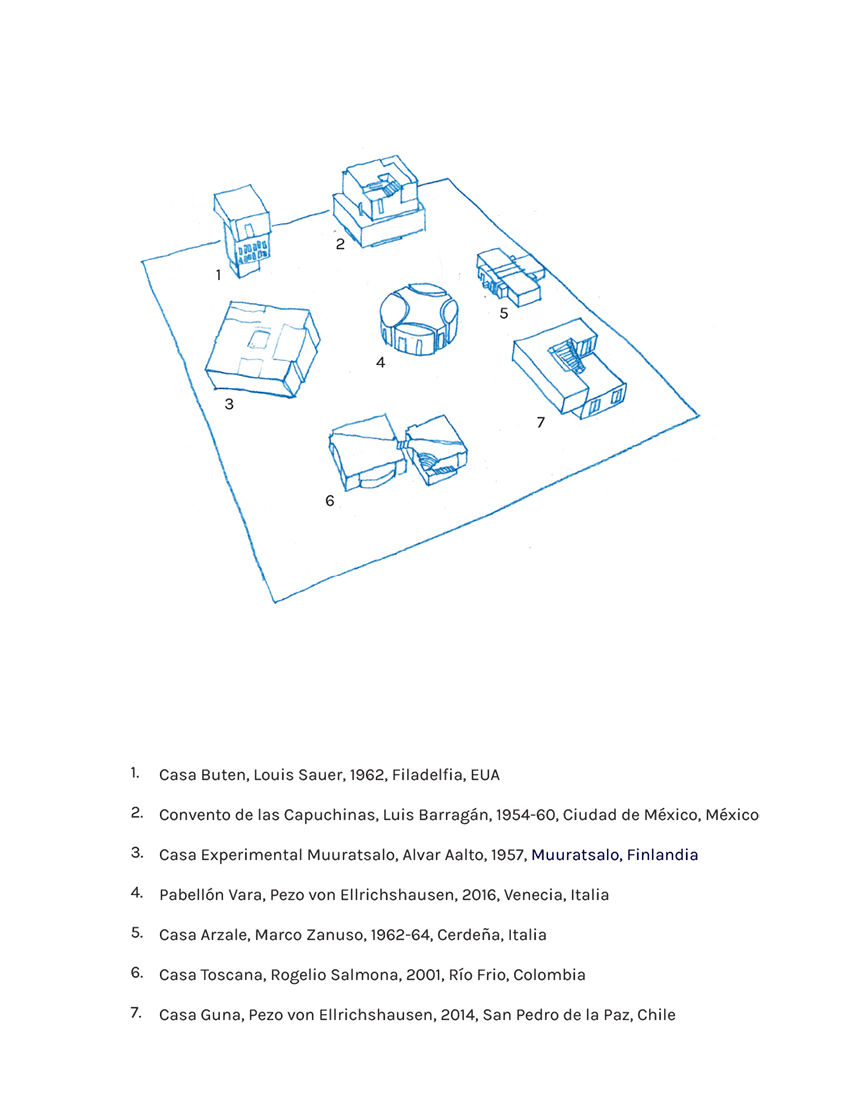This research aims to decompose, dissect and recompose the idea, representation and volume of the patio. From the analysis of existing buildings, a series of models of their void were made.
Patio: ‘An outdoor area surrounded by the walls of a building’. Mineral or full of plants, a circulation space, as well as a central area, a meeting place or one of silence and peace. The patio is a manifold space. Also, it is the open space of a building; the transition between the first outside and the outside absolute. It is the immediate out-door of an in-door, an enclosed place, but open to the sky. Private piece of sky that allows the introduction of landscape to the interior. Delimited through buildings, it is the counterform of architecture, a construction inside out. A space that borrows the walls, doors and windows of buildings to come into existence, composed of visible and invisible layers. The patio is void focused on itself, and inevitably related to its limits and to what transcends them. It is conceptually recognisable yet it does not cease to be uncertain. It can be seen as a rupture, where the built breaks its continuity, or perhaps this break is what conceives the possibility of a whole. From this matrix, the ambiguity in conjunction with the defined structure of the patio, the design possibilities emerge.
What defines a patio? How to understand its limits and how to read its void? What has been the meaning of patio, its uses and forms in different civilizations? In dissecting the idea of the patio, analysing its transformation and historical adaptation within diverse contexts until its present-day application, its typologies can be defined and redefined. This research is centred on the patios’ possibility to generate new architecture proposals. It questions whether its limits are what define the patio, or if the patio is the one defining its limits and what transcends them. Similarly, if the patio is a service space or if it retains in its void the possibility to define and built an architectural project. The relevance of this project becomes evident when observing the utilitarian direction this space has taken, in line with rapid urban growth and densification. The exploration of its qualities as a space in itself and those of its repetition raises the question: What city can we create, if we give more space to the void?










